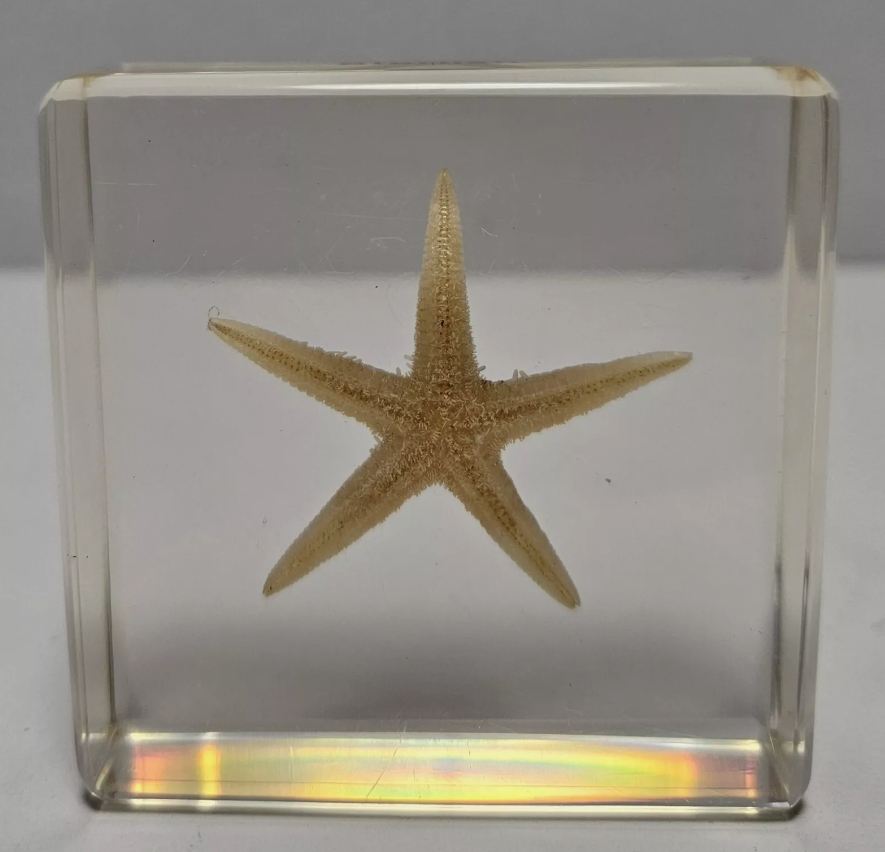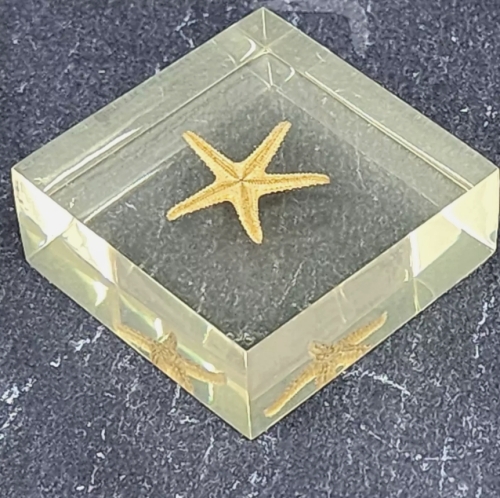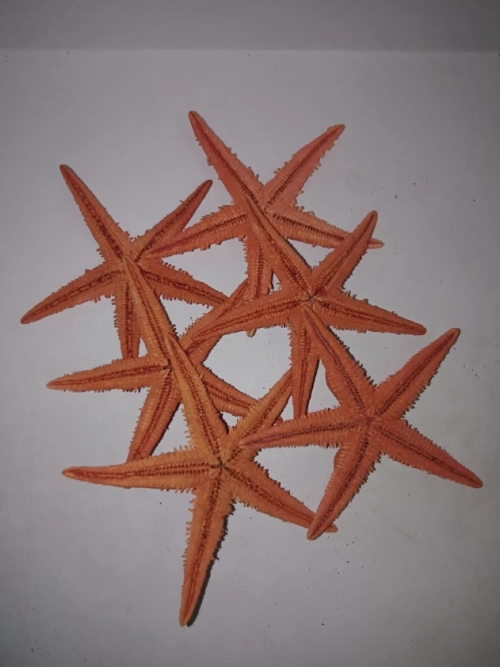Starfish, as a unique Marine invertebrate belonging to the phylum echinoderm, has received increasing attention in biological specimen collection and display in recent years. Its diverse forms and colorful, making starfish become one of the important representatives of Marine ecology.
Starfish have a unique structure, usually with five or more radiating arms and a radially symmetrical body. Not only is this shape beautiful, it also allows the starfish to move easily across the seabed in search of prey. Starfish feed mainly on shellfish and small Marine life, and their powerful digestive enzymes can digest the soft tissues of prey, thereby absorbing nutrients. This type of predation also plays an important role in the ecosystem, helping to maintain the balance between species.
In the preparation of specimens, the preservation and display techniques of starfish are very important. It should be collected with care to avoid damaging its fragile limbs. Starfish specimens are usually dehydrated and fixed with special chemicals to preserve their original shape and color. In the meticulous production process, the staff need to pay attention to every detail to ensure that the specimen does not appear deformed or faded in long-term preservation.
Starfish specimens are not only of great value in scientific research, but are also often used for education and public display. By displaying specimens of starfish, viewers can more intuitively understand the biological characteristics of this mysterious sea creature and its role in the ecosystem. At the same time, the unique regenerative ability of starfish often attracts people's attention, which is amazing to the wonder of nature.
Nowadays, with the increasing attention to Marine ecology, the protection and research of starfish specimens, as an important symbol of Marine biodiversity, have become particularly important.
















